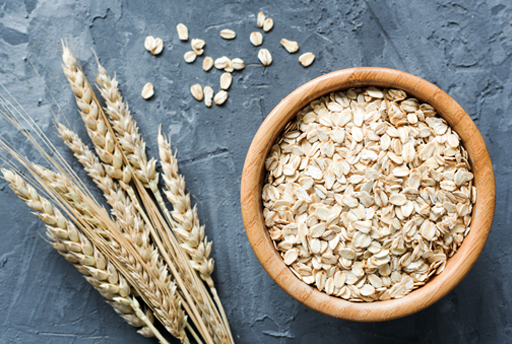7.1 The benefits of fibre
Foods that are classed as high in fibre must have at least 6 g of fibre per 100 g. In Activity 3, you probably found that many breakfast cereals fall into this category (Figure 15).
Fibre – also called ‘roughage’ – is one of those ‘foods’ that you eat but don’t digest. It contains no useful calories. It goes through your digestive system largely unchanged. But it helps the food to move along through your digestive system, so that constipation is less likely.
Nearly all of the fibre we eat comes from plant sources, such as fruit, vegetables, nuts and seeds. Some food labels separate fibre into insoluble and soluble fibre, and beta glucan, which is a special type of soluble fibre.
Insoluble fibre is mostly cellulose. As you learned when you read about carbohydrates, cellulose is the most abundant large molecule made by living organisms on Earth. It is in the walls of all plant cells, so fruit and vegetables contain large amounts.
Soluble fibre is found particularly in peas, beans, lentils and oats. It is soluble because it dissolves in water, although it is still not digested. Beta glucan is a type of soluble fibre found particularly in oats. It seems to play a role in lowering the level of cholesterol in the blood. When it dissolves inside the gut, it appears to form a thick gel, which binds substances such as cholesterol and prevents them from being absorbed into the blood.
There are other health benefits of fibre in the diet. A diet rich in soluble fibre in particular has been reported to reduce the incidence of bowel cancer, gallstones, irritable bowel syndrome (IBS), heart disease and diabetes. There is also some evidence that increasing the fibre in your diet can lead to weight loss, although the mechanisms that cause this are not entirely clear. It may simply be that, because the fibre makes you feel ‘full’ for longer, it means you eat less. Higher fibre intake also changes your gut bacteria in a positive way. It can help you metabolise your food better and reduce the risk of bowel cancer.

